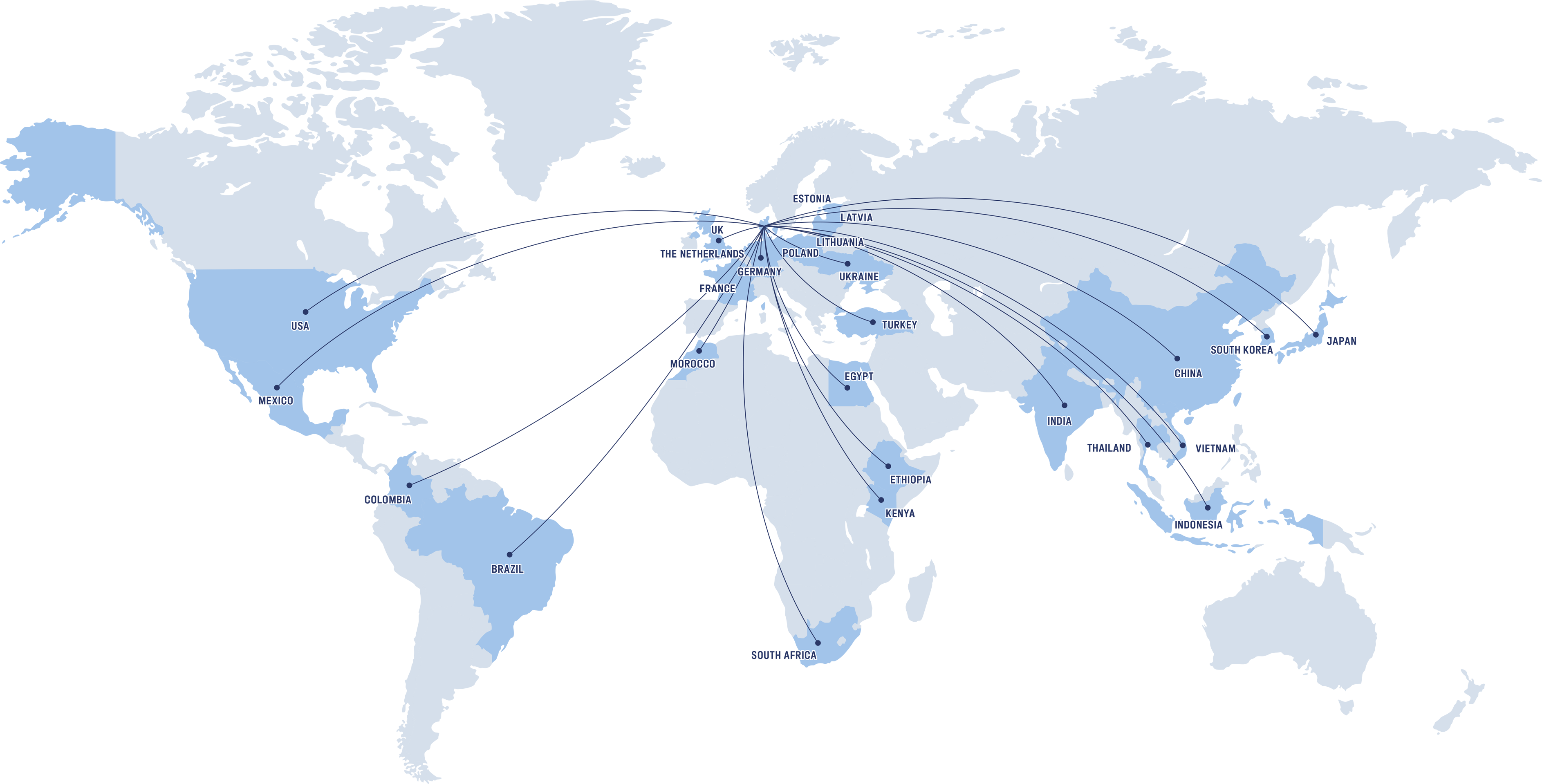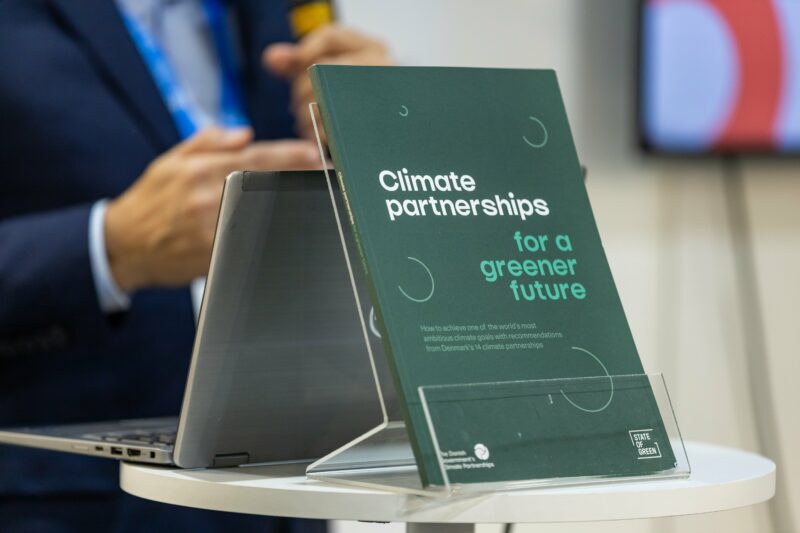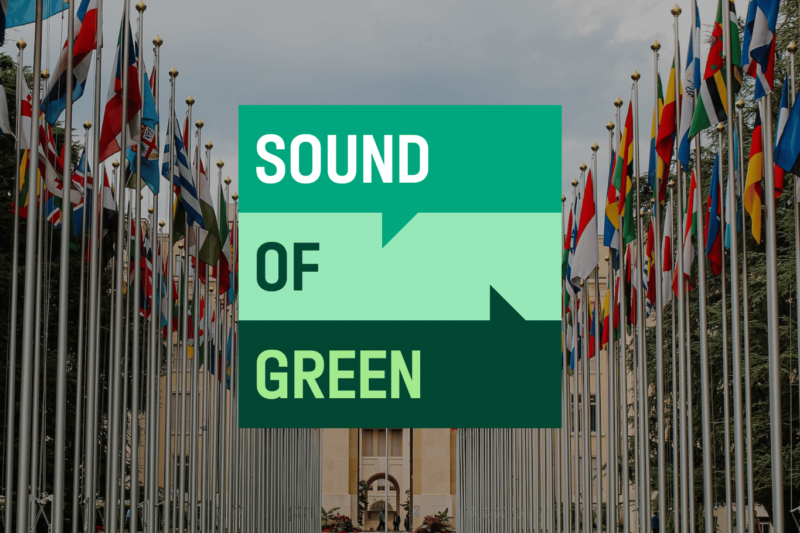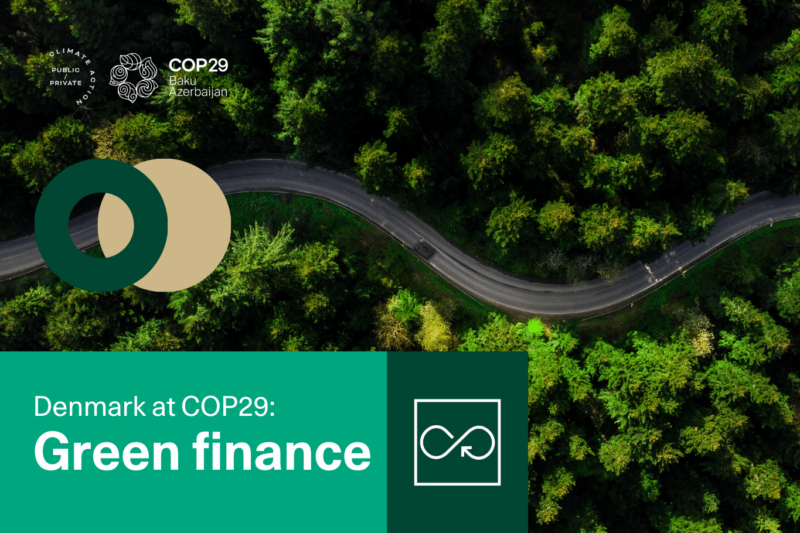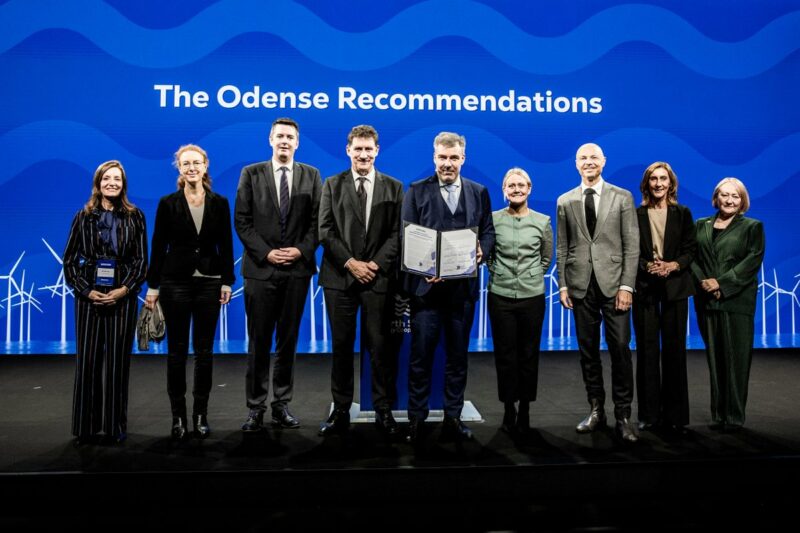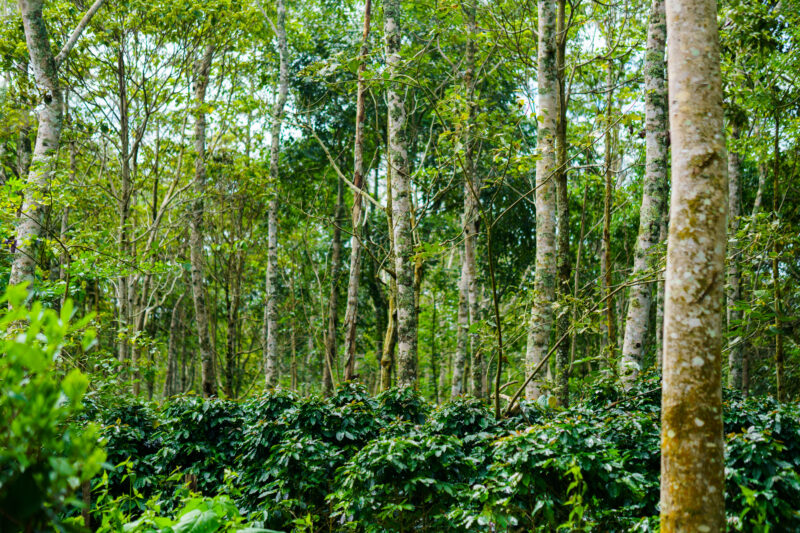Providing public funds and guarantees is an effective way to leverage private investments, not least in developing countries. Yet, it is also imperative that governments create ambitious climate, energy, and environmental policies, as well as stable regulatory frameworks, to establish sustainable environments both locally and regionally.
Government-to-government energy partnerships
Denmark is working closely with 24 countries representing 70 percent of the world’s CO2 emissions to accelerate the global green energy transition. The energy partnerships are based on the Danish experience, acquired over decades of working towards a stable, low-carbon energy system – particularly on the integration of renewable energy, long-term energy modelling and scenarios, offshore wind, energy efficiency, and district heating. Through government-to government collaboration, Denmark strengthens the capacity of central partner institutions, and shares knowledge on technical solutions and regulatory frameworks that can enable a green transition.
Denmark has, for example, collaborated with India for several years to help accelerate the deployment of offshore wind, establishing a Centre of Excellence for Offshore Wind and Renewable Energy. This contributes to create the framework for offshore wind and support the green transition in India so that expansion can take place cost-effectively with lower risks for investors. Likewise, with the United Kingdom, Danish advice and experience has had a major impact on the Scottish Heat Networks Bill adopted in 2021 which will increase the number of Scottish houses connected to district heating 20-fold to 650,000 houses by 2030. This is expected to reduce greenhouse gas emissions by the equivalent of 90,000 cars and generate annual fuel savings of around GBP 130 (EUR 150 / USD 160) for every household that connects to a heat network.
Government-to-government partnerships on water and the environment
Within water, climate adaptation, waste management, and circular economy, Denmark has engaged in nine government-to-government partnerships with eight countries. The purpose of these partnerships is to create better framework conditions for sustainable growth and development in these countries. This is done through capacity building and improving public-private collaboration, as well as by strengthening governance structures, public administration, legal framework conditions, and the alignment of standards. While there is no direct financial assistance involved in these partnerships, financing aspects are indirectly addressed.
For example, the partnerships addressing water specifically focus on revenue generation and water pricing to ensure a sustainable water supply in the long term. In developing countries, water and sanitation infrastructure is often underfunded as access to these are considered basic human rights. This leads to insufficient revenue for maintenance and development projects, forcing water authorities to rely on unpredictable government subsidies. Here, Denmark has valuable experience with increasing efficiency, longterm asset management, and applying a full-cost-recovery pricing model.
